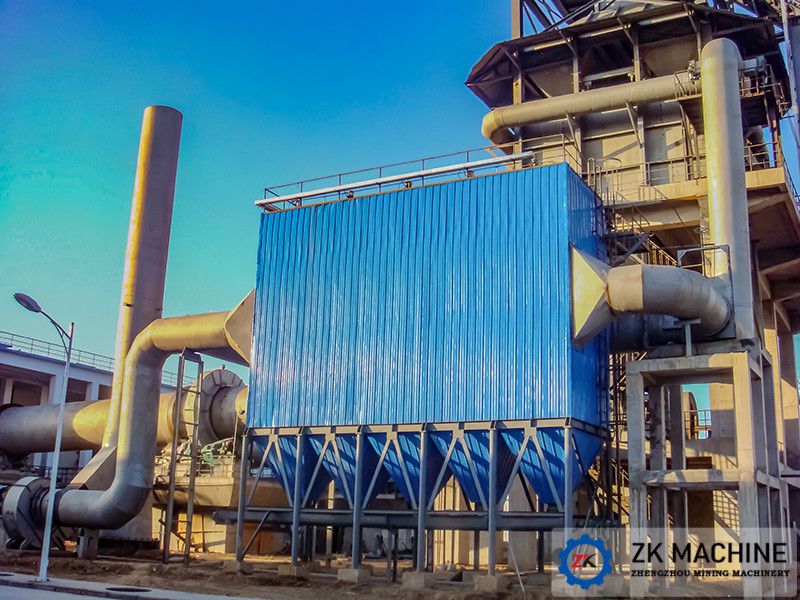- +8618937185591
- +8618937185591
- ec19@zkcorp.com
- +8618937185591


The pulse bag filter relies on the filtering effect of the filter media to filter out dust and uses compressed gas to carry out reverse blowing and cleaning of the filter bags to ensure that the filter bags achieve gas dust removal under the rated pressure. In recent years, there is a development trend towards ultra-electrostatic dust removal in applications.
The pulse bag filter is suitable for the dust removal and purification of dry gases. The ash cleaning process can be off-line ash cleaning or on-line ash cleaning; the ash cleaning method can be timed ash cleaning or constant pressure ash cleaning. In terms of comprehensive operation effects, on-line ash cleaning is superior to off-line ash cleaning, and constant pressure ash cleaning is superior to timed ash cleaning.
Due to different application conditions, the forms, structures and application scopes of pulse bag filters are diverse. According to the actual needs of enterprises, the application of long-bag low-pressure pulse dust collectors is recommended. The long-bag low-pressure pulse dust collector has advantages such as high dust removal efficiency, small floor area, low investment, low operating cost and a synchronous operation rate close to 100%.
Forms and Parameters
According to the design requirements of the "Design Plan Task (Entrustment) Letter for Dust Collector Equipment", the design, manufacturing, installation and operation levels of pulse bag filters at home and abroad, as well as the actual conditions of on-site applications, the form and relevant technical and economic indicators of the pulse bag filter should be determined first, including:
(1) Form;
(2) Treated air volume, equipment resistance, dust removal target;
(3) Number of filter chambers;
(4) Ash cleaning process and ash cleaning method;
(5) Types of filter media and filtration velocity, diameter, length and number of filter bags;
(6) Source and quality of compressed gas;
(7) Ash conveying facilities;
(8) Control system;
(9) Safety and environmental protection facilities;
(10) Operating system.